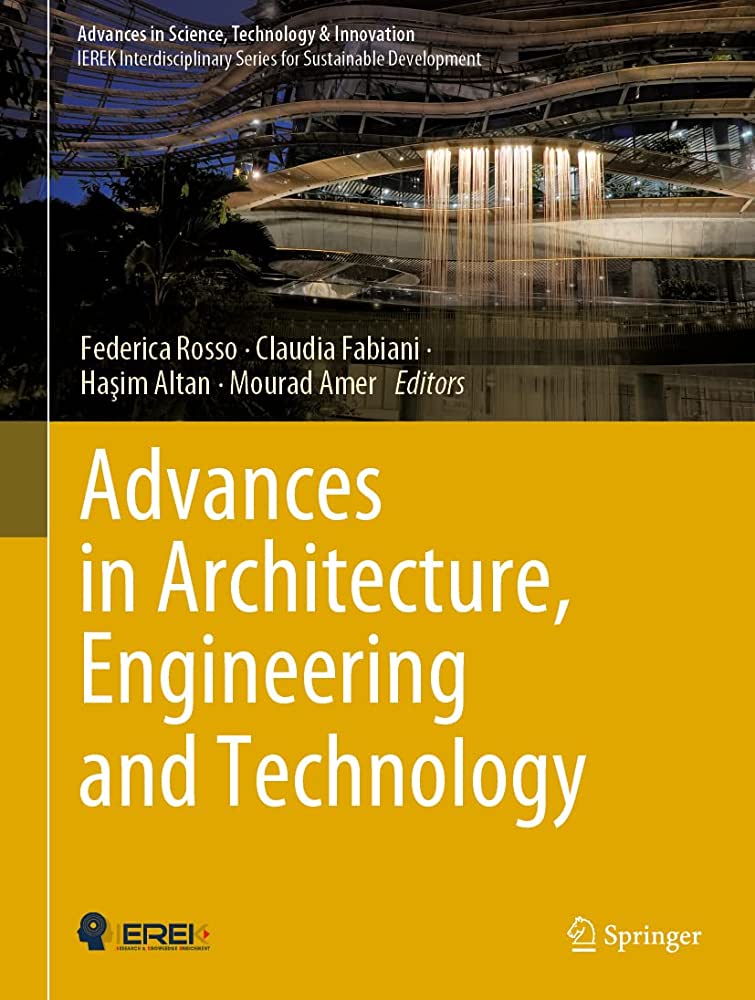Fossil fuels represent the primary energy sources, amounting to an 85% share of the total energy used in the world. The burning of fossil fuels caused the increase of greenhouse gas emissions (GHGs) in atmosphere resulting in global warming. Development of smart and cost-effective technologies for carbon capture and biomass production are among the suggested solutions for the mitigation of GHGs emissions and the generation of alternative and renewable energy carriers. Several biotechnologies are present in the scientific literature and in the commercial market for CO2 capture and utilization (CCU) (e.g., open and closed photobioreactors). High energy demand processes are generally used to harvest microalgal biomass (e.g., membrane filtration, gravity sedimentation, centrifugation) to produce valuable products (e.g., food, fertilizer, and biofuels). Therefore, advances in scientific research with the aim of reducing energy consumption and making the process completely sustainable are required. This research presents and discusses an innovative biotechnology system, patented by the Sanitary Environmental Engineering Division (SEED) research group of the University of Salerno, for carbon capture and utilization. The energy consumption of the advanced membrane photobioreactor (seed-mPBR) is highlighted. A comparative analysis of the proposed seed-mPBR and conventional tubular photobioreactors is pointed out and argued. The aim of the research is providing useful information on energy consumption reduction in biomass harvesting process, as well as promoting the development of more sustainable CCU systems. The result highlights a lower energy consumption of the proposed seed-mPBR system in comparison with tubular photobioreactor that integrates flocculants. By improving the efficiency of the SFDM, a fivefold reduction of the energy demand could be achieved. © 2022, The Author(s), under exclusive license to Springer Nature Switzerland AG.
2022
Advanced Membrane PhotoBioReactor (mPBR) Versus Traditional BioReactors for the Control of Greenhouse Gas Emissions (GHGs): A Comparative Analysis in Terms of Performance and Energy Consumption
- Advances in Science, Technology and Innovation
